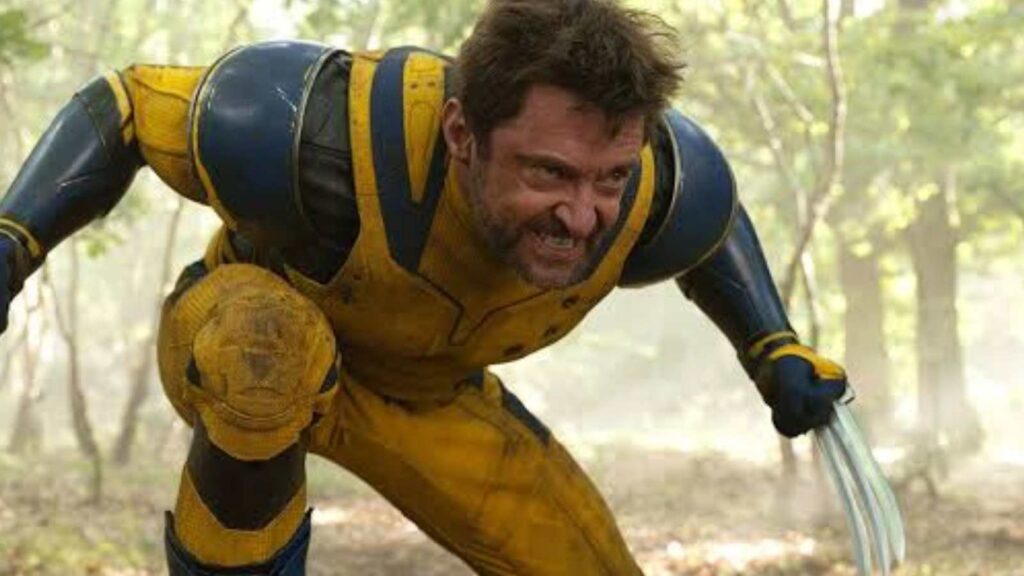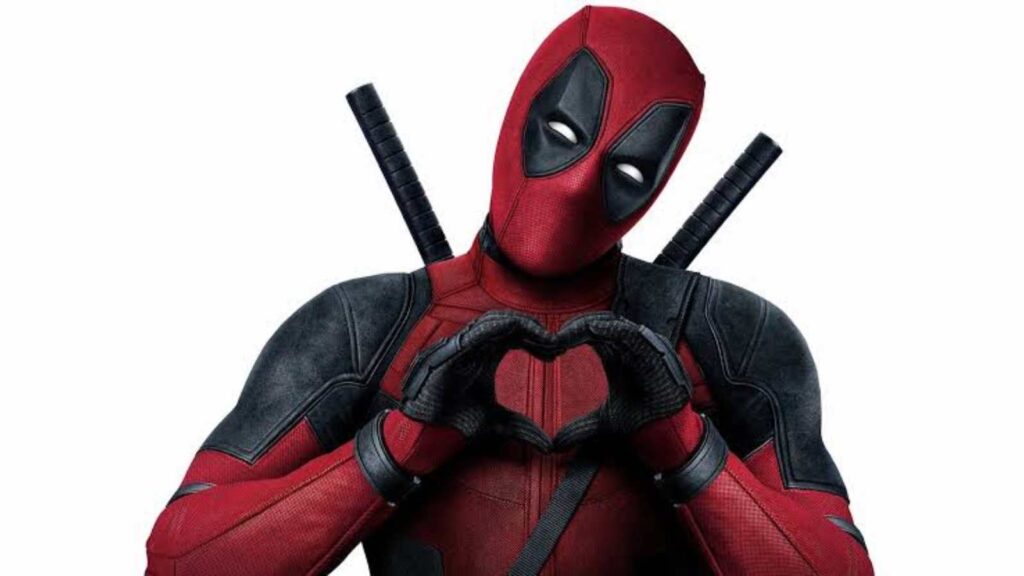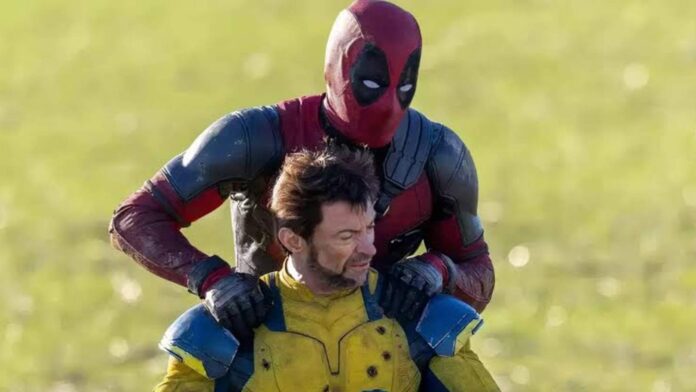In the wacky world of Marvel Comics, surviving the seemingly impossible is a normal Tuesday for some mutants. ‘Deadpool and Wolverine‘ are prime examples.
Both boast near-immortality thanks to their phenomenal healing factors. However, when it comes to sheer regenerative power, who reigns supreme – Deadpool or Wolverine?
Wolverine’s Healing Factor

James ‘Logan’ Howlett or Wolverine, is probably one of the best examples of the mutant healing factor. Additionally, while his claws are his most famous features, it is his regeneration factor that is simply out of this world.
Wolverine has the ability to recover from almost any wound and does so at a much faster pace than a normal human being. Bullets? Regrown in seconds. Stab wounds? A mere flesh wound. He’s even survived being blown to bits.
So, how does he heal so fast? Although science in the comic books may sometimes seem a little far-fetched Wolverine’s healing factor can be traced back to his mutation. Additionally, this particular element enhances the rate of cell and tissue generation in his body to levels that can be described as extraordinary.
This enables him to recover from injuries more often and quickly fend off diseases and other infections. Also, the adamantium with which his skeleton has been coated also offers some additional resistance. Despite all this, Wolverine’s healing factor which is very close to immortality is not perfect and cannot be considered as actual immortality.
It may also take more time in order to recover from severe injury and exotic toxins can slow down the healing process. Additionally, the adamantium bonding process was a grueling ordeal that taxed his healing factor to its limits. So, while Wolverine’s healing is impressive, it’s not invincible.
In case you missed it: ‘Deadpool And Wolverine’ Might Hit The Box Office Records With $200M+ Opening
Deadpool’s Regeneration Abilities

Wade Wilson is a whole other story. His healing factor is, let’s just say, very unconventional. Also, it is a consequence of the Weapon X program he joined which linked him with the mutagenic substance called “Weapon X”.
Furthermore, the degree of his healing is almost inexhaustible. He has been portrayed as being capable of regeneration from a single drop of blood. However, this post-modern, post-industrial regeneration has its downside as well.
Deadpool’s healing factor is connected with his unstable cellular structure. Additionally, this makes him susceptible to certain cancers and gives him a somewhat…terrifying appearance. Also, there are some restrictions to his healing power, and specific weapons or treatments can undo his mutation and hinder his healing power or stop it completely.
The Verdict: A Healing Power For Every Situation

So, who wins the healing factor showdown? It’s a tough call. Wolverine’s regeneration is more stable and efficient, allowing him to heal from a wider range of injuries. Deadpool’s, on the other hand, is practically limitless, although wildly unpredictable.
Ultimately, the “superior” healing factor depends on the situation. Need someone to weather a barrage of bullets and keep on fighting? Wolverine’s your guy. Need someone to survive being diced into little pieces (and then complain about it)? Deadpool’s got you covered.
Additionally, the power to heal like Wolverine and Deadpool are just among the many spectacular powers that mutants have. They raise interesting questions about the boundaries of human resilience and the ethical implications of tampering with genetics.
You might like to read:





